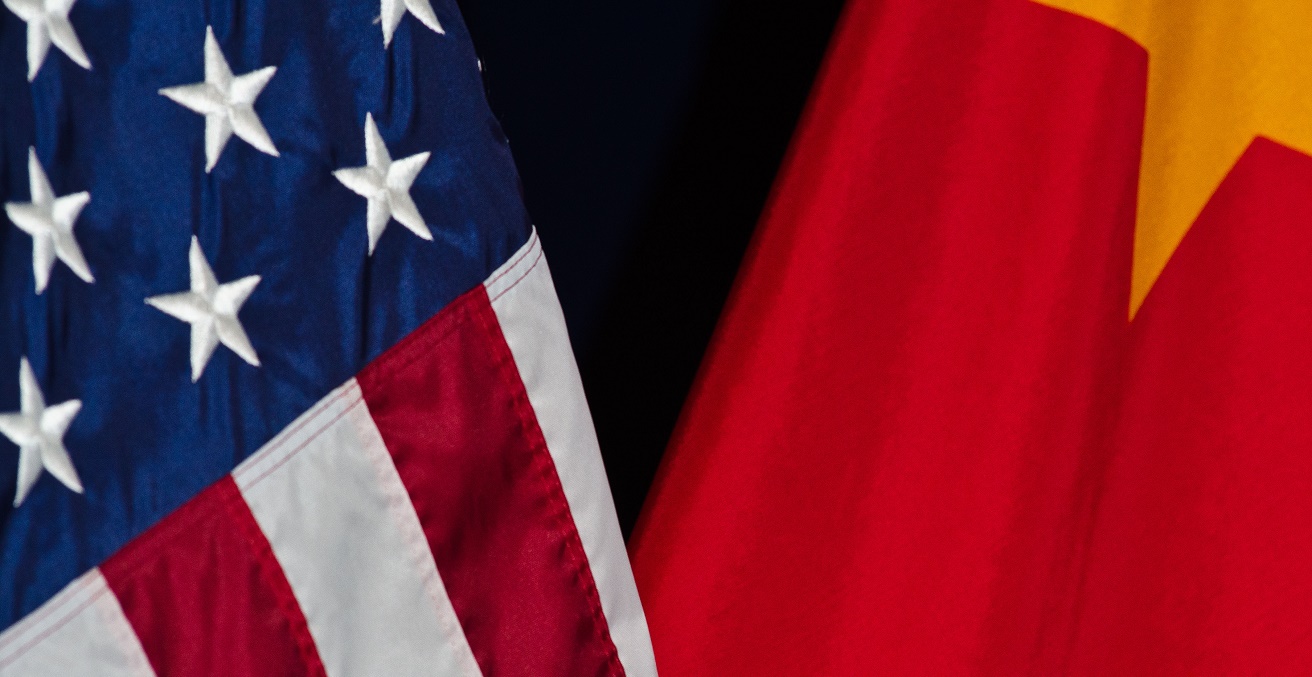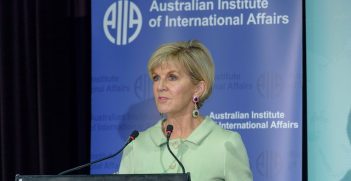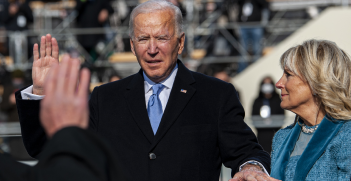The AIIB and China's Soft Balancing Against the US Pivot to Asia

China’s new multilateral bank, the Asian Infrastructure Investment Bank, was established to counter the US pivot to Asia. Its success remains to be seen.
In September 2013, China’s President Xi Jinping outlined a proposal for building the Silk Road Economic Belt and the 21st-century Maritime Silk Road (One Belt, One Road/OBOR), linking China and Eurasia. A month later in Indonesia, Xi proposed the creation of the Asian Infrastructure Investment Bank (AIIB) to help finance the OBOR initiative.
The Obama administration articulated two major concerns over the AIIB. It feared that it would be an institution designed to compete for clients and influence with the existing multilateral development banks and the existing US-dominated Bretton Woods institutions’ international influence and clout would be diminished. The US position on the AIIB showed Washington’s hidden reservations about integrating China into the existing liberal international order.
Nevertheless, Washington’s efforts to delegitimise and marginalise the AIIB failed. After the UK’s unexpected March 2015 announcement that it would be the first Group of Seven country to seek membership, other US allies—Germany, France, Italy, Australia and South Korea—quickly joined as founding members.
The US pivot to Asia
In the middle of the Obama administration’s first term, Washington launched a rebalancing of its foreign policy in the Asia-Pacific through the notion of a pivot to Asia. The ultimate goal of this strategy was to maintain the domination and supremacy of US hegemony in the Asia-Pacific region in the face of China’s rise. The US often harbours the view that a rising China will strive to drive it out, undermining the peace and security of the region.
As part of the pivot to Asia, the US expanded its military presence by strengthening the existing alliance structure in the Asia-Pacific. It deployed more troops and equipment in Australia, Singapore, South Korea and Japan. It also deployed the Terminal High Attitude Area Defense (THAAD) missile system from the US to South Korea, which was perceived in Beijing as a threat to its national security.
Washington also tried to maintain its dominant position in the regional economic order by pushing ahead with the 12-country Trans-Pacific Partnership (TPP) trade agreement. However, China, the second-largest economy, was excluded.
Behind the coexistence of various schemes of free trade in the Asia-Pacific, such as the TPP and the China-led Regional Comprehensive Economic Partnership (RCEP), was a battle over which country would take the lead in writing the rules for regional trade.
The centrality of the TPP project for the Obama administration was therefore more about geopolitics than economics—about preventing China from developing a growing sphere of influence in the Asia-Pacific region. However, the early 2017 US withdrawal from the TPP under the Trump presidency will only help China tighten its grip on the East Asian economic hierarchy.
The rebalance to the Asia-Pacific, which included tardiness in embracing China in international financial institutions, was perceived by Chinese leaders as concerted action to block China’s rise to prominence in Asia. China began to shift its policy focus to Eurasia as a countermeasure, with an aim of leading this vast region economically and politically. The OBOR initiative can be seen as part of Beijing’s geopolitical strategy to manage Washington’s rebalance policy.
Soft balancing and the AIIB/OBOR
The AIIB is part of a Chinese soft-balancing strategy against the US strategic rebalance to Asia. In the wake of Obama’s pivot to Asia policy, China has created a Eurasian zone of economic influence to its west in order to offset the imminent threat from the US from the east. A primary reason why emerging powers, and China in particular, initiated the establishment of the AIIB was their shared frustration with existing multilateral financial institutions, whose voting structures are stacked against emerging countries.
A major element of soft balancing is to enhance the relative economic power of the weaker state through the creation of a regional trading bloc that will promote intra-regional trade and economic growth for its members only. For China, the first step towards establishing a regional trading bloc in Eurasia is to break out of the dollar trap.
While China’s foreign exchange reserves have been growing as a result of its export-led economic growth, the bulk are used to buy US-dollar-denominated assets, especially US Treasury bonds. The huge purchase of US Treasury bonds helps Washington to finance its budget deficits and public debts, enabling the Federal Reserve to keep the US interest rates low.
The AIIB is an institution that helps to redirect China’s foreign exchange reserves away from US assets towards investment in infrastructure in neighbouring countries. It is envisaged that, eventually, it will offer loans in the renminbi rather than US dollars, and part of the loans will be used to purchase Chinese equipment and labour services.
Concomitantly, with the internationalisation of the renminbi, the AIIB and OBOR place emphasis on connectivity with Eurasian states, which has the potential to create a regional trading bloc that would exclude the US. If someday the AIIB issues loans in the renminbi, it will likely reduce demand for US dollars as the world’s reserve currency and, accordingly, undermine US economic hegemony.
Soft balancing
In this way, the AIIB can serve the grand strategy of China’s regional order building. It is one of the institutional means to lend financial support to the OBOR initiative and to counter the US’s hegemonic intrusion in the Asia-Pacific, as well as its dominance over international finance. China does have an incentive to balance softly against a unipolar world that constrains it from becoming an even greater power.
China’s soft balancing does not directly challenge the US military preponderance, but has a real, if indirect, effect on the military prospects of the USA. The establishment of the AIIB (and OBOR) serves as part of its soft economic balancing strategy to fend off Washington’s containment policy. Thus far, this soft balancing strategy seems to have attained some of its expected results by impaling the US’s Asian allies on the horns of a dilemma, depriving them of the chance to benefit from economic and security gains from the US. In order to reap the rewards of China’s rise, all of the key US allies, apart from Japan, are members of the AIIB.
However, there are limitations to China’s soft balancing. The US is managing to maintain its security hierarchy in the region, even as China is dominating the economic hierarchy. In spite of signs in the early days of the Trump presidency that US–Australia relations would become strained, the Trump administration has not been prepared to withdraw US military deployment and commitments to Australia. Australia and South Korea, both with democratic systems, do not share with a non-democratic China a belief that the US and US hegemony pose a security threat to them.
Yet, whether China’s lashing out with economic sanctions against South Korea will eventually push Seoul to give up the deployment of THAAD and weaken the US alliance network is not clear. South Korea still remains allied, politically and militarily, with the US, and relies on Washington as its sole security provider. Even with its growing economic clout, China is failing to undermine Western democratic solidarity.
Dr Lai-Ha Chan is a senior lecturer at the China Research Centre, University of Technology Sydney. Her research interests include China’s international relations, China’s participation in global governance and non-traditional security issues.
This article is an edited extract from an article published in the Australian Journal of International Affairs on 7 August 2017. It may be accessed in its unabridged form here.





